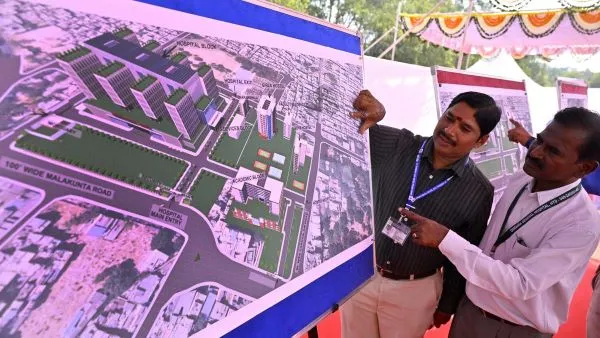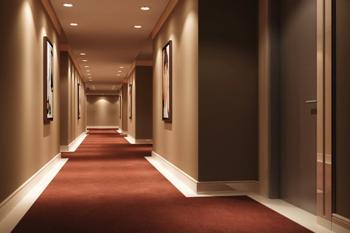Osmania General Hospital Embarks on a New Era with Modern Facility in Hyderabad
Hyderabad's historic Osmania General Hospital, a cornerstone of the city's healthcare system for over a century, is set to undergo a major transformation with the construction of a state-of-the-art medical facility. The foundation stone for the new hospital building was laid on Friday, marking a significant step toward enhancing public healthcare in Telangana.
Telangana Chief Minister A. Revanth Reddy led the groundbreaking ceremony for the new 2,000-bed hospital, which will span an impressive 32 lakh square feet across 26 acres in Goshamahal. Located approximately three kilometers from the current Osmania Hospital near the Musi River, this project aims to address long-standing demands for improved infrastructure.
Modern Healthcare Infrastructure for Telangana
Accompanied by Deputy Chief Minister Mallu Bhatti Vikramarka, Health Minister Damodar Raja Narasimha, and other officials, the Chief Minister performed the Bhoomi Puja at the Goshamahal Police Stadium. He reviewed the architectural plans for the project, which is estimated to cost Rs 2,700 crore.
The current Osmania General Hospital building has been in a deteriorating state for years, prompting consistent calls for a modern facility. The new hospital aims to set a benchmark for medical infrastructure in India and is expected to revolutionize healthcare services in Hyderabad and the broader Telangana region.
Health Minister Narasimha described the development as a historic milestone, fulfilling a three-decade-old demand for a modern medical facility. He emphasized that Osmania General Hospital has long been one of the country's most prestigious medical institutions, and this new construction will ensure it continues to provide world-class healthcare.
Cutting-Edge Medical Facilities and Training Expansion
The newly designed hospital will feature advanced medical technology and patient-friendly amenities. The facility will include 29 major and 12 minor operation theatres, equipped with robotic surgery capabilities and a dedicated transplant theatre.
A key aspect of the project is the expansion of the Medical Education and Training wing. The new structure will house 30 medical departments, including eight emerging super-specialties, and will feature a dedicated academic block for nursing, dental, and physiotherapy colleges. The government also plans to increase the number of doctors by 20% once the hospital becomes operational.
The facility will incorporate critical infrastructure, including a power substation, a fire station, waste management units, and a sewage treatment plant, ensuring sustainability and efficiency. The government aims to complete construction within two years, significantly improving healthcare accessibility in the region.
Balancing Modernization with Heritage Preservation
Originally conceptualized following the devastating Musi floods of 1908, Osmania General Hospital was commissioned by Mir Osman Ali Khan, the last Nizam of Hyderabad. Designed by British architect Vincent Jerome Esch and Nawab Khan Bahadur Mirza Akbar Baig, the Indo-Saracenic style structure was completed in 1919. Over the years, the hospital became a hub for major medical conferences, research initiatives, and extensive patient care, serving thousands daily across Telangana, Andhra Pradesh, Karnataka, and Maharashtra.
With a growing patient load, the existing 7.5 lakh square feet facility has struggled to meet rising healthcare demands. While there were proposals to demolish the current structure, strong opposition from heritage conservationists led to a compromise. Chief Minister Revanth Reddy ensured that the historical building would be preserved as a heritage site, while a new medical complex would be built at a separate location to cater to the increasing healthcare needs.
This landmark initiative by the Telangana government represents a major leap in public health investment, ensuring that Hyderabad continues to be a leader in medical care while respecting its architectural and historical legacy.









Leave a comment
0 comment